Seeing how quickly AMD Ryzen processors are sex free videoflying off the shelves, it's not hard to see the desktop CPUs are a hit with enthusiasts. With excellent single-core performance to go along with the option of 6, 8, 12, or 16 cores, the Ryzen 5000 series processors have gone beyond matching Intel in terms of performance. Critically praised by our review staff and those all over the internet, it's hard to think back to when AMD has seen this much success with its CPU releases.
AMD has overcome Intel in terms of performance before, but previous wins against the chip giant have been rare over the years. Furthermore, every time Intel looked inferior, it responded swiftly and effectively.
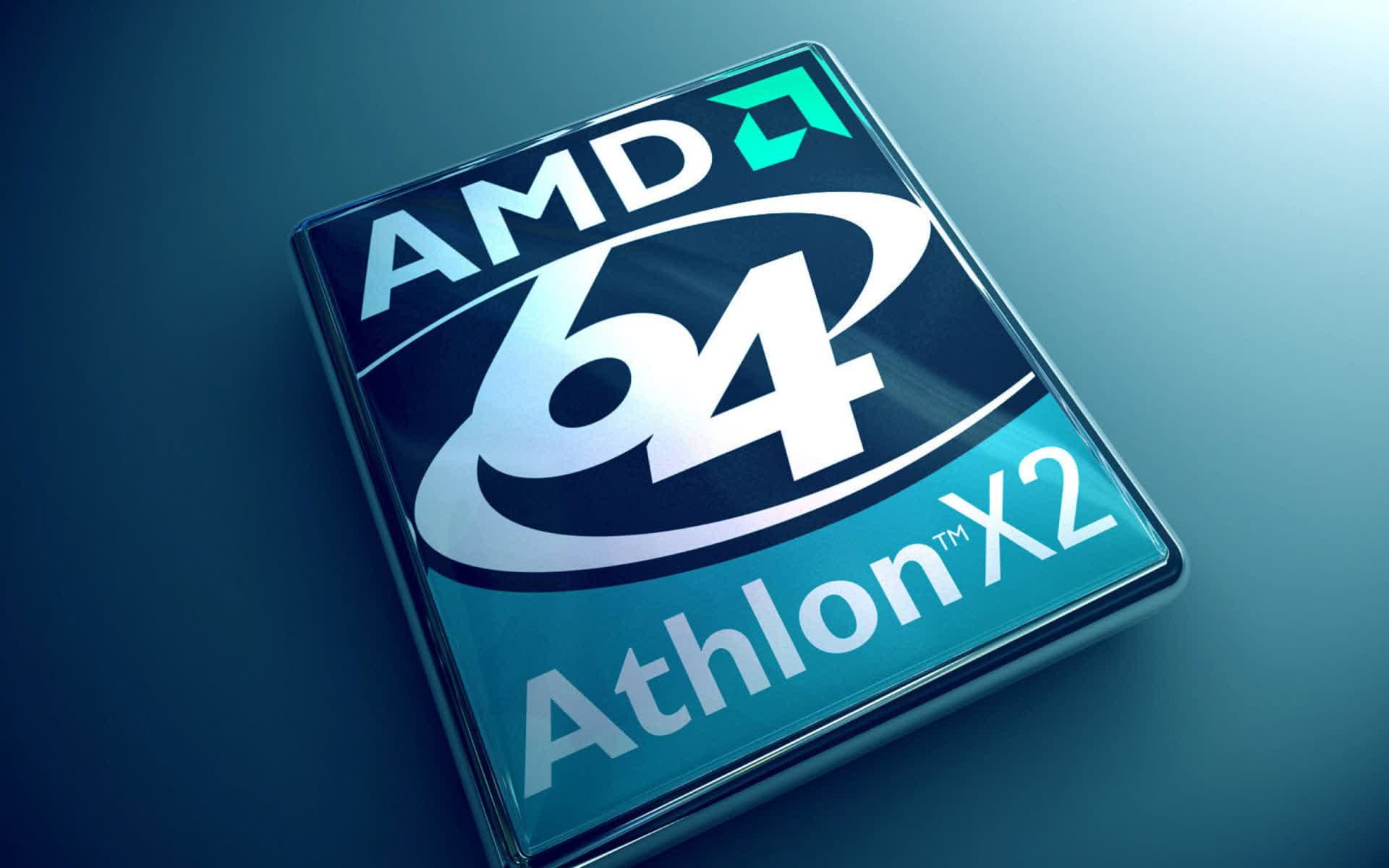
Jump into a time machine and go back to 2005 if you want to witness the last time AMD thoroughly thumped Intel in terms of performance. It was the new dual-core Athlon 64 X2 that managed to impress reviewers back then, making the Intel Pentium 4 and related Pentium D processors look positively dated.
That AMD Athlon 64 X2 was the successor to the already impressive Athlon 64, which beat Intel to the 64-bit world but ended up being overshadowed by the Pentium 4 Extreme Edition. The Pentium needed a sky-high clock speed to steal the attention away from AMD, which looked like a cheap trick compared to the AMD innovation. With this dual-core, 64-bit offensive, Intel found itself spinning its tires for almost a year until it had something competitive to offer.
The Netburst architecture that Intel was using in the Pentium 4 was deemed obsolete, and even implementing dual-core technology into these products didn't bring Intel back to performance parity. It was time for something new, and that led to the development of the Core Architecture.
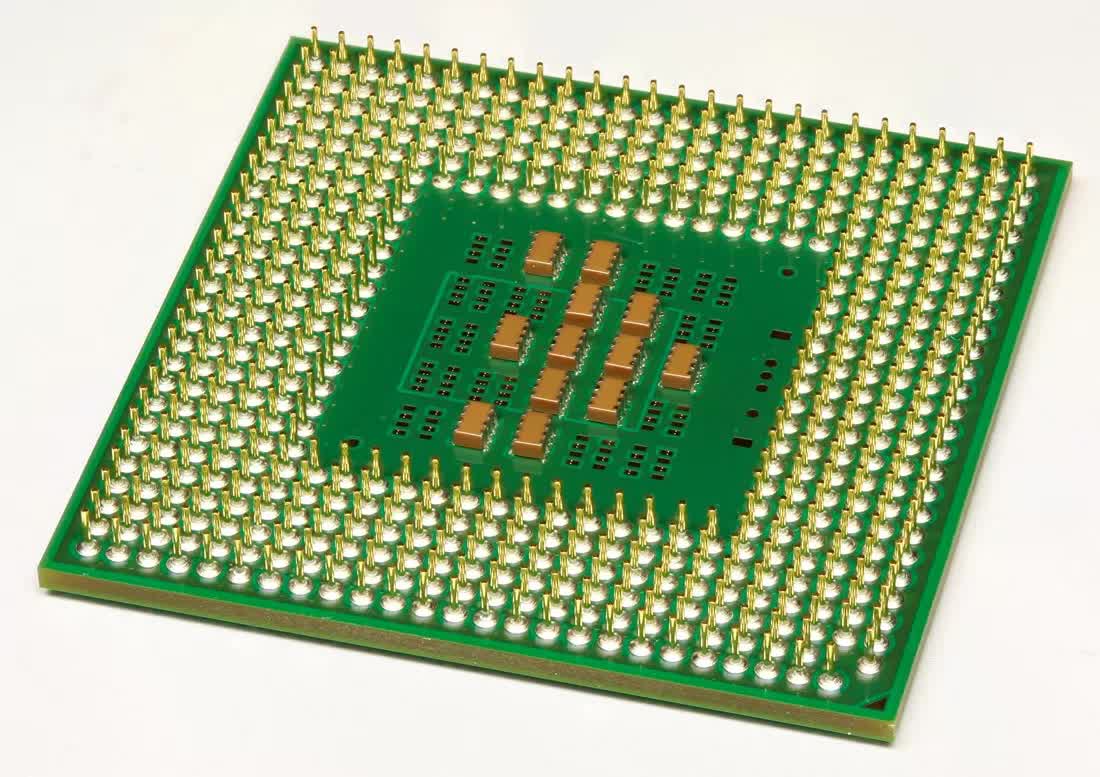
To get to Core, Intel went to the Pentium III and its Tualatin revision. Refinements in this design led to the Pentium M, a mobile product that proved to be fast but also efficient, with features like SpeedStep that varied the voltage and clock speed to extend battery life.
This refined laptop chip played a big part in 2006 when Intel needed something to impress the enthusiasts drooling over the AMD Athlon 64 X2. The Intel Core architecture arrived mid-year, with the mainstream Core 2 Duo lineup and enthusiast-grade Core 2 Extreme models solidifying Intel's dominance over AMD.
Quad-core offerings joined the lineup within a year, and the Intel products were clearly more efficient, faster, and even better priced than what AMD was able to offer.
How did they do it? At the time, the Core 2 Duo used a smaller 65 nm manufacturing process, compared to the 90 nm used by AMD. The Intel product also featured more instructions per clock, slightly higher clock and bus speeds, more L2 cache, and operated at a lower voltage with a lower TDP.
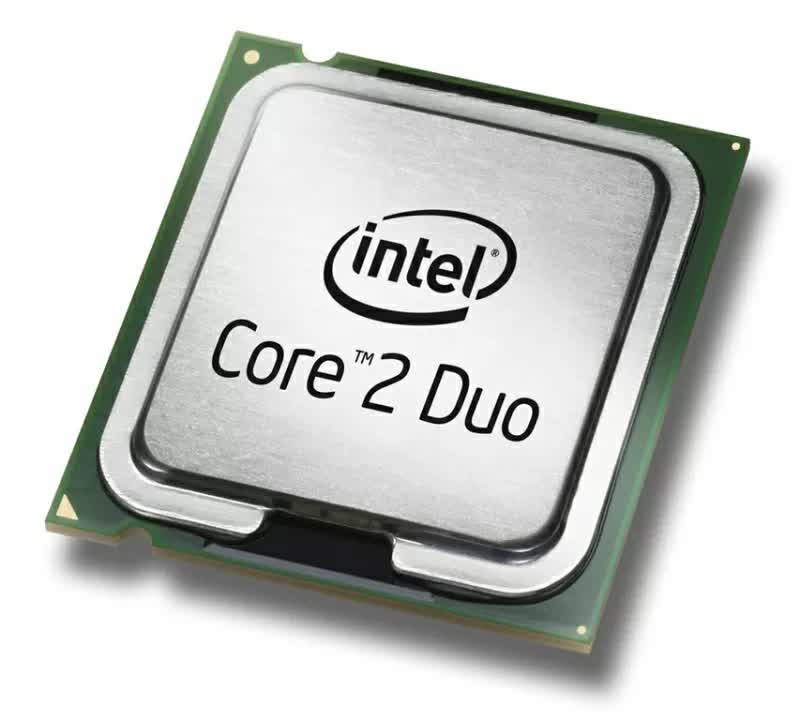
Those features all played into the performance improvement. For example, these chips became more efficient by pairing instructions together for execution thanks to a feature Intel called "Macro-Fusion."
Additionally, the two cores shared the L2 cache, rather than allocating a set amount per core. Finally, all the lessons Intel learned about power management from the Pentium M were at play, adding even more efficiency to the Core processors.
Intel continued to put pressure on AMD by moving to a 45nm process, allowing for lower power consumption and higher clock speeds. This move was part of Intel's "Tick-Tock" production model. Every change in microarchitecture was seen as a "tick.'" These were followed up by a "tock" which was a die shrink of the manufacturing process.
While Intel was working non-stop to regain its pole position in the performance race, AMD made a few business decisions that left a lasting impact.
In late 2006, they purchased graphics card manufacturer ATI for an eye-watering $5.4 billion. Their next desktop processor struggled to match up to the Intel Core 2 Quad, and other performance hiccups further tanked the company's reputation. All the while, Intel was making an impressive comeback.
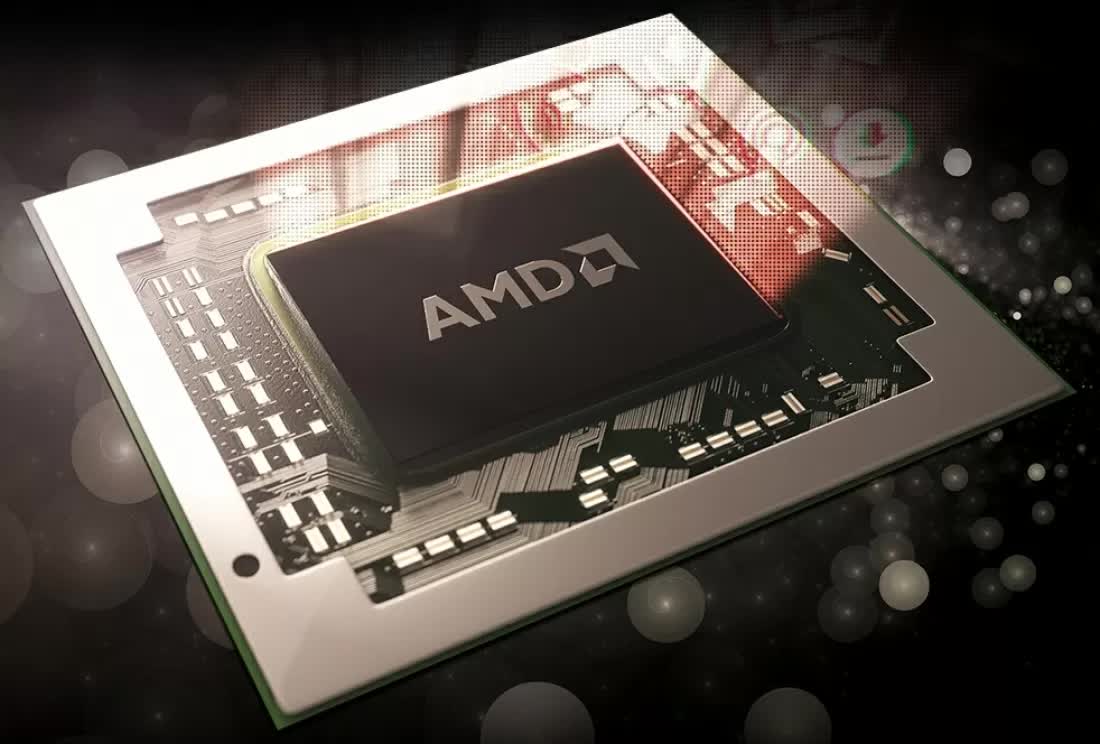
The financial crisis hit a few years later putting the chipmaker into an even more difficult position.
It took the release of the Graphics Core Next video cards in 2012, their work on the Wii U, Xbox One and PlayStation 4 in 2013, and finally the introduction of Ryzen processors many years later (2017) to show AMD seemed to be recovering.
This tick-tock game plan worked wonders for Intel, leading to a streak of impressive processors that put some serious distance on AMD for about ten years.
When 2016 came around, Intel changed things up with the process-architecture-optimization development model, adding one more step to the strategy. The company cited economic feasibility as the main reason to change things, as producing smaller dies can get expensive.
However, shrinking down to 7 nm has played a significant role of how AMD has caught up to Intel and gained the momentum that sees them in the successful position they're in today.
As it finds itself behind in the latest benchmarks, Intel's next moves will be very telling. We know just a few details about the upcoming Rocket Lake processors, which will feature an all-new architecture, putting the Skylake-derived models currently on sale, to rest.
These Rocket Lake CPUs seem like a mild upgrade, with some speculating a 10 to 18 percent increase in performance compared to the current generation. The more enticing upgrades to these processors include PCIe 4.0 support, support for higher speed memory, and integration of new Intel Xe graphics.
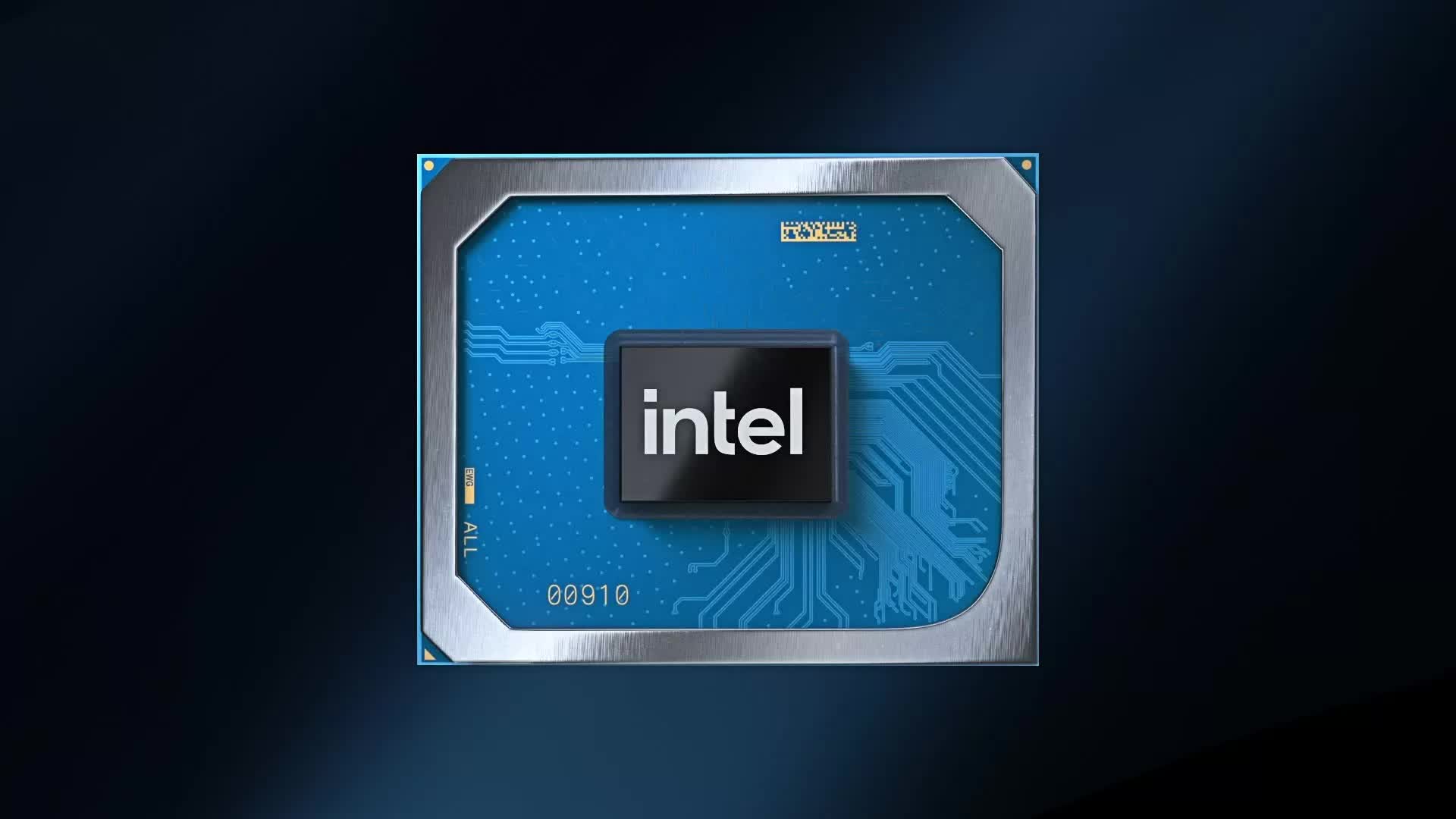
Alder Lake a.k.a. 12th-gen Intel Core, the expected follow-up to Rocket Lake, is more in-line with what an inspired Intel has done in the past.
Alder Lake is not expected until late 2021, it will shrink down to 10 nm, giving Intel a bit more headroom to match up to AMD in terms of power and efficiency. Expect more cores along with support for DDR5 memory, which should add up to one impressive release if all goes to plan.
Based on history, it seems like Intel can reclaim its spot as the performance king, but consumers will have to be patient for the launch of Rocket Lake and then Alder Lake. Of course, don't count out AMD (or Apple) having a few surprises of its own to keep Intel on its back foot. If this rivalry has shown us anything, it's that the two will keep trading blows for years to come.
 Amazon Pet Day: All the best deals
Amazon Pet Day: All the best deals
 Find a fantasy football draft and play in a league: Where to go as NFL season nears
Find a fantasy football draft and play in a league: Where to go as NFL season nears
 Meta Connect 2022 virtual VR showcase to stream live Oct. 11
Meta Connect 2022 virtual VR showcase to stream live Oct. 11
 This massive fried rice prank turned into a great Photoshop battle
This massive fried rice prank turned into a great Photoshop battle
 Best portable power station deal: Save $179.01 on the EcoFlow River 2 Max
Best portable power station deal: Save $179.01 on the EcoFlow River 2 Max
 Apple will use satellites for emergency service messaging on iPhone 14
Apple will use satellites for emergency service messaging on iPhone 14
 Twitter will let users edit a tweet up to 5 times
Twitter will let users edit a tweet up to 5 times
 Apple Watch Series 8 introduces new ovulation and fertility tracking
Apple Watch Series 8 introduces new ovulation and fertility tracking
 Best keyboard deals: Save on Asus gaming keyboards at Amazon
Best keyboard deals: Save on Asus gaming keyboards at Amazon
 An elaborate Instagram hoax is scamming influencers after luring them to Indonesia
An elaborate Instagram hoax is scamming influencers after luring them to Indonesia
 The strangeness of Japan's decision to start openly hunting whales
The strangeness of Japan's decision to start openly hunting whales
 G2 Esports launches its first all
G2 Esports launches its first all
 Why Alexandria Ocasio
Why Alexandria Ocasio
 Teens in MAGA hats sparked outrage at the Indigenous Peoples March
Teens in MAGA hats sparked outrage at the Indigenous Peoples March
 Bestway Hydro
Bestway Hydro
 Why Alexandria Ocasio
Why Alexandria Ocasio
 Apple reveals AirPods Pro 2. Here's what's been upgraded.
Apple reveals AirPods Pro 2. Here's what's been upgraded.
 NYT honors record number of women in Congress with stunning special section
NYT honors record number of women in Congress with stunning special section
 'Thunderbolts*' mid
'Thunderbolts*' mid
 Huu + Live TV deal: Save $20 for football season
Huu + Live TV deal: Save $20 for football season
Politics come to Yelp after restaurant refuses to serve Sarah Sanders'Wordle' phases out offensive words at NY Times'Horizon Forbidden West' has its own Lego setDonald Trump's social media platform 'Truth Social' looks exactly like TwitterAlexandria OcasioSpotify is paying podcaster Joe Rogan $200 million for his threeThis Twitter thread of playful puppies is the closest we've come to absolute joy in 2018Opera browser integrates Yats for emoji web addresses'Uncharted' review: Tom Holland's video game movie is a mixed bagMark Zuckerberg now calls Meta employees 'metamates'Explosive NASA images show volcano's eruption reached incredible heightsNew Zealand bans conversion therapy in 'a win for humanity'J.K. Rowling sends a truly spellAfter Kennedy's retirement, are we entering 'Handmaid's Tale' territory?Celebrity takes part in super awkward interview, magazine prints entire transcriptConfused ProTurning off comments on TikTok is easier than ever'Worldle' and 'Globle' are 'Wordle' with maps'The Book of Boba Fett' review: Disney's Star Wars fan service is suffocatingAll the weirdest beauty trends 2018 has given us so far How to enable iOS 14's coolest hidden feature See all the new Apple Watch faces in one video Tourists explore exactly what not to do when you see a wild bear iPhone update: iOS 14 comes out today When a teen couple joked that they bought a house, Twitter dragged them hard Chinese drivers hate that new car smell, so Ford is trying its best to get rid of it Lyft will finally develop its own self O.J. Simpson gets parole Emma Watson asks people on Facebook to help her find her missing ring 5 things I noticed during my 24 hours with the Apple Watch Series 6 Baby's first word surprises comic PlayStation 5 is out on Nov. 12 for $499, or $399 for Digital Edition Apple releases new subscription bundle, Apple One 'SNL' writer treats Trump's tweets like they're text messages Swiveling LG Wing 5G takes dual 'The Office' editor says Stanley had the best reaction shots These six tweetstorms defined Trump's first six months as president Apple is using its new blood oxygen measurement tool to study COVID White House press briefings have been off Amazon Prime Video drops 4 very creepy new horror movie trailers
3.5881s , 10541.609375 kb
Copyright © 2025 Powered by 【sex free video】,Miracle Information Network